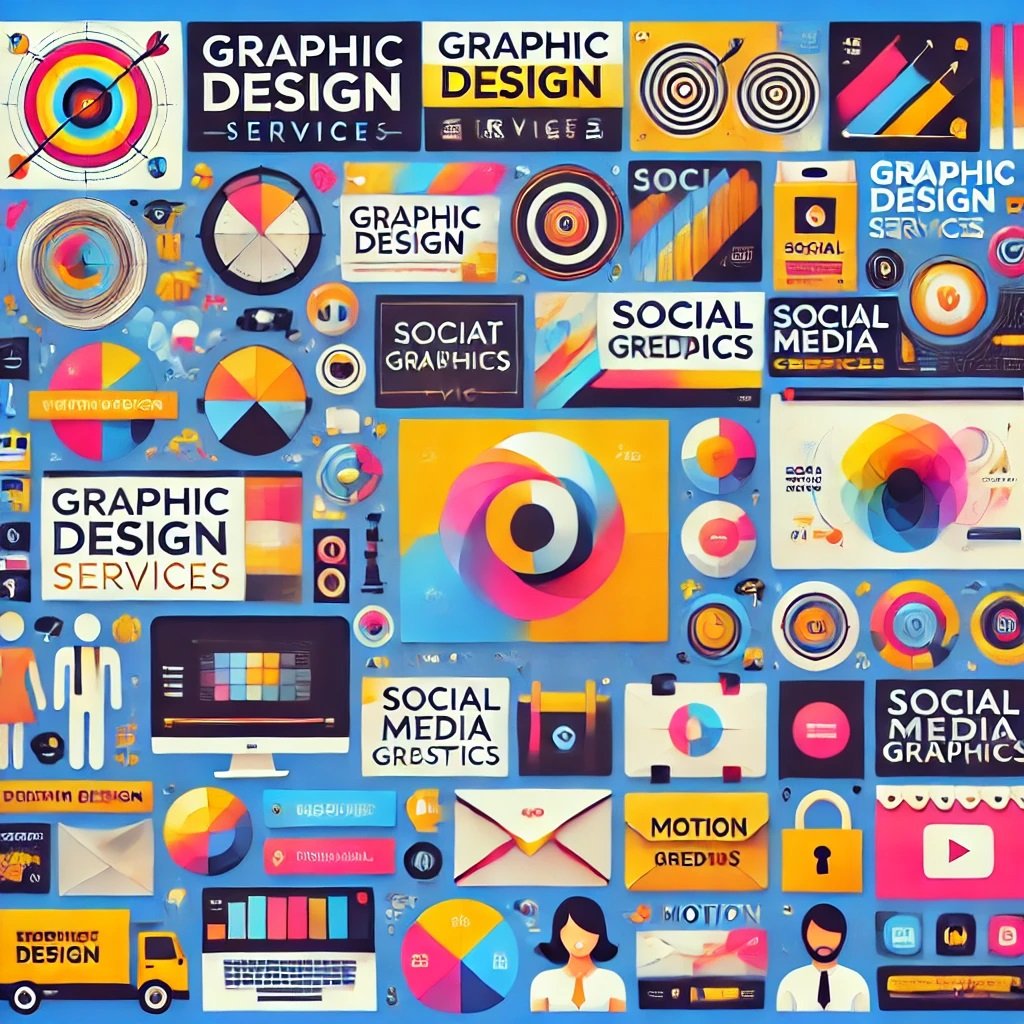Color is a fundamental element in graphic design, influencing how people perceive and interact with visuals. The deliberate use of color can shape a viewer’s emotions, guide their focus, and even influence their decisions. This article delves into the psychology of color, its applications in design, and how professionals use it to enhance their work.
How the Human Brain Perceives Color
The colors we see depend on how light interacts with objects and how our eyes and brain process these signals. When light hits an object, certain wavelengths are absorbed, and others are reflected. The reflected light enters our eyes, stimulating receptors called cones, which send signals to the brain. Different wavelengths correspond to different colors, and our brain interprets these signals to create the experience of color.
The Basics of Color Theory
Color theory is a framework that helps designers understand how colors work together. It is essential for creating visually appealing and harmonious designs.
Primary Colors
The primary colors are red, blue, and yellow. These colors form the basis of all other colors and cannot be created by mixing other hues.
Secondary Colors
Secondary colors, such as green, orange, and purple, are created by mixing two primary colors in equal parts.
Tertiary Colors
Tertiary colors are formed by mixing a primary color with a secondary color. Examples include red-orange, blue-green, and yellow-green.
The Color Wheel
The color wheel is a tool that organizes colors in a circular format, showing their relationships. It is an essential guide for selecting color schemes in design.
Popular Color Schemes in Graphic Design
Designers use various color schemes to evoke specific emotions or create a certain aesthetic. Some of the most common schemes include:
Complementary Colors
These are colors located directly opposite each other on the color wheel, such as red and green or blue and orange. Using complementary colors creates high contrast and can make a design pop.
Analogous Colors
Analogous colors are next to each other on the color wheel, like blue, blue-green, and green. This scheme is pleasing to the eye and creates a sense of harmony.
Triadic Colors
This scheme involves three colors that are evenly spaced on the color wheel, such as red, yellow, and blue. It provides a balanced and vibrant look.
Monochromatic Colors
A monochromatic color scheme uses different shades, tints, and tones of a single color. This approach creates a cohesive and sophisticated design.
Understanding the Psychology of Color
Color psychology explores how different hues affect human behavior and emotions. While individual responses to color can vary, certain trends have been observed:
Red
Red is often associated with passion, energy, and urgency. It grabs attention and can create a sense of excitement or danger.
Blue
Blue conveys calmness, trust, and professionalism. It is commonly used in corporate branding to instill confidence.
Yellow
Yellow symbolizes happiness, energy, and warmth. It can also signify caution in certain contexts.
Green
Green represents nature, growth, and health. It is frequently used in designs related to the environment or wellness.
Purple
Purple is linked to luxury, creativity, and mystery. Historically, it has been associated with royalty and sophistication.
Black and White
Black signifies power, elegance, and formality, while white represents purity, simplicity, and cleanliness. Together, they create a timeless and classic look.
Applying Color Psychology in Graphic Design
Designers leverage color psychology to craft visuals that communicate specific messages and evoke desired emotions. For example, a financial institution might use blue to convey trustworthiness, while a children’s toy brand could use bright colors to evoke joy and excitement.
Case Study: Coca-Cola’s Use of Red
Coca-Cola’s iconic red branding is a prime example of effective color use. The bold red color evokes excitement and passion, aligning with the brand’s energetic image. Over time, this color has become synonymous with Coca-Cola, demonstrating the power of consistent color application.
The Role of Color in Branding
A brand’s color scheme is a critical part of its identity. Colors help create recognition and convey the brand’s values. Consistent use of color across various platforms ensures that the brand remains memorable.
Examples of Successful Brand Colors
1. McDonald’s: The red and yellow combination stimulates appetite and evokes feelings of happiness and energy.
2. Nike: Black and white create a sleek and modern look, emphasizing professionalism and excellence.
3. Starbucks: Green reflects the company’s commitment to sustainability and its connection to nature.
Cultural Variations in Color Interpretation
Color meanings can differ across cultures. For instance, white is a symbol of purity in Western cultures, often used in weddings, while in some Asian cultures, it represents mourning. Designers working on global projects must consider these cultural nuances to ensure their designs resonate appropriately.
Graphic Designing Services and Color Expertise
Graphic designing services play a crucial role in helping businesses establish their visual identity. These services include creating logos, marketing materials, and digital content. By applying color psychology and design principles, professionals ensure that their designs effectively communicate the intended message.
How Graphic Designing Companies Utilize Color
Graphic designing companies bring together teams of experts who understand the impact of color. They use their knowledge to create designs that captivate audiences and drive engagement. Whether it’s a website, advertisement, or product packaging, these companies rely on color to enhance their visual storytelling.
Challenges in Color Selection
Choosing the right colors isn’t always straightforward. Factors like audience preferences, cultural differences, and industry trends can complicate the process. Designers often experiment with different combinations and test their designs to find the most effective solution.
Using A/B Testing to Refine Color Choices
A/B testing involves creating two versions of a design with slight variations and testing them with different audience segments. This method helps determine which color scheme performs better in terms of user engagement or conversion rates.
Final Words
Color is a vital component of graphic design, influencing perception, emotion, and behavior. By understanding the psychology of color and applying it thoughtfully, designers can create compelling visuals that resonate with their audience. Whether through bold contrasts or harmonious palettes, the strategic use of color remains a cornerstone of effective design.







